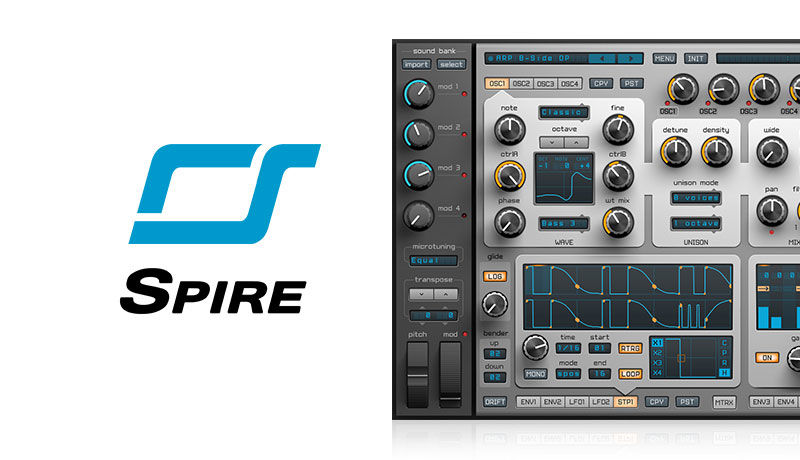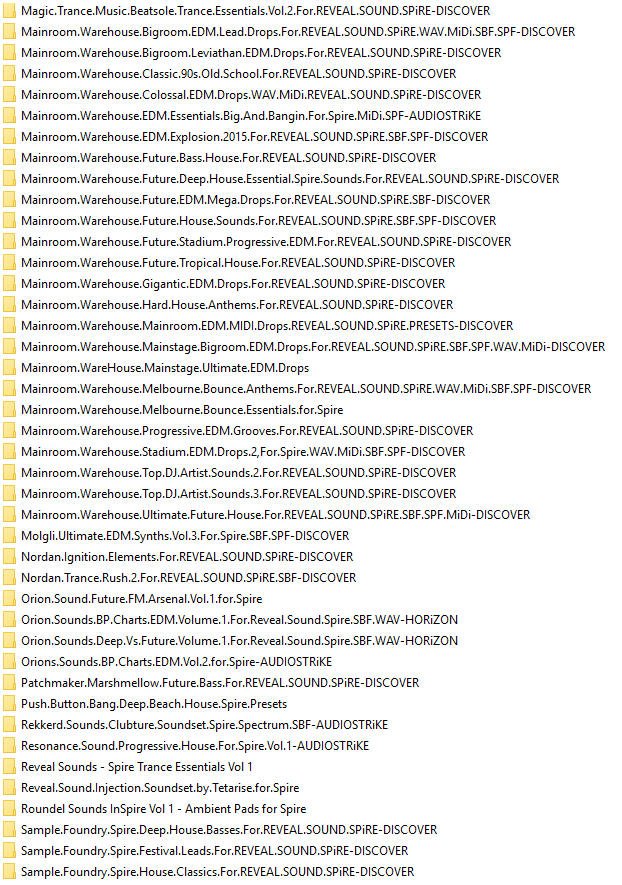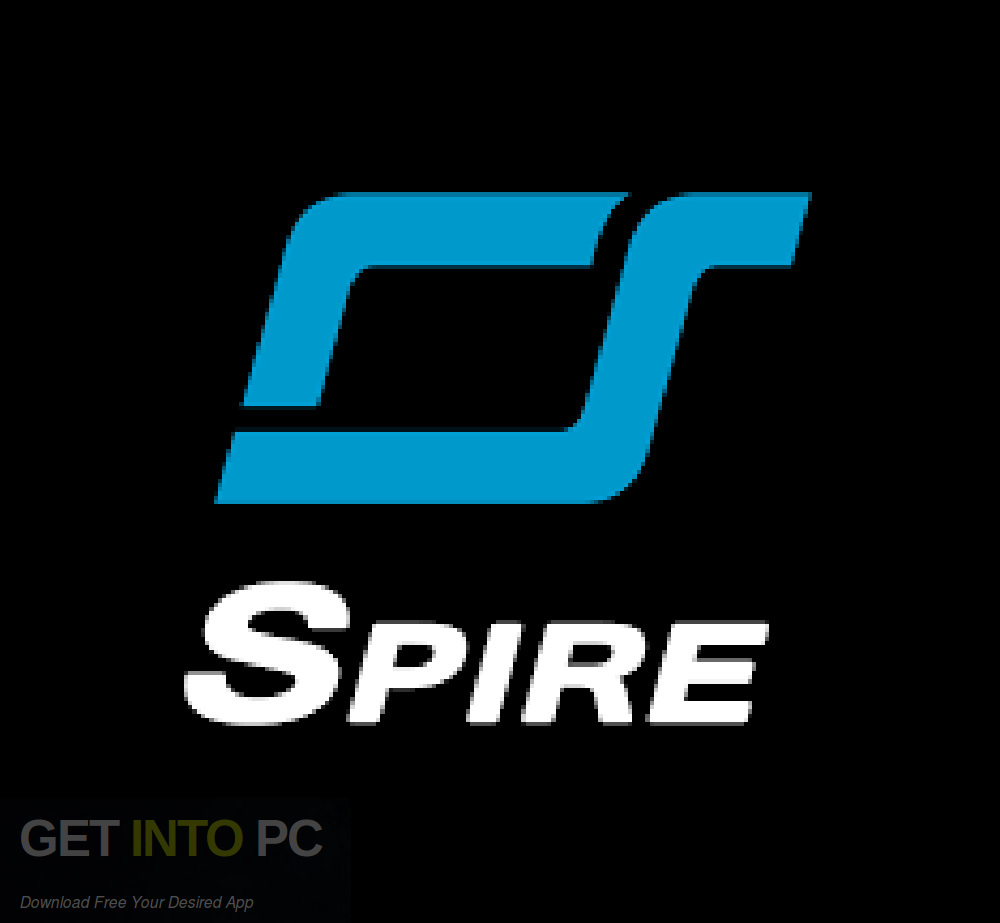

A popular approach to this problem is the likelihood ratio (LR) technique (Richter 1975 Sutherland & Saunders 1992 Ciliegi et al. In order to unlock the scientific capabilities of these rich data sets, one of the first challenges is to identify counterparts across the various surveys, a problem of particular difficulty in the submm due to poor angular resolution and the relatively flat redshift distribution of sources in contrast with other wavebands. 2015) and matched-aperture photometry from far-ultraviolet (FUV) to submm (Driver et al. 2011), including highly complete spectroscopic redshifts (Liske et al. These fields are especially valuable due to the extensive supporting data and analysis provided by the Galaxy And Mass Assembly (GAMA) survey (Driver et al.

2013) and the VST Kilo-Degree Survey (KiDS de Jong et al. 2010), the VISTA Kilo-degree Infrared Galaxy Survey (VIKING Edge et al. 2007), the Wide-field Infrared Survey Explorer ( WISE Wright et al.

2005), the UK Infrared Deep Sky Survey Large Area Survey (UKIDSS-LAS Lawrence et al.

2000), the Galaxy Evolution Explorer ( GALEX Martin et al. In this paper, we describe the identification of optical counterparts to submillimetre sources in DR1, comprising an area of 161 deg 2 over three equatorial fields of roughly 12 × 4.5 deg centred at 9 h, 12 h and 14 |$$|5 (GAMA9, GAMA12, GAMA15), and benefits from extensive multi-wavelength coverage in the Sloan Digital Sky Survey (SDSS York et al. The H-ATLAS is a wide-area imaging survey carried out in five photometric bands at 100, 160, 250, 350 and 500 μm covering a total area of 600 deg 2. This paper is the second in a pair of papers presenting data release 1 (DR1) of the Herschel Astrophysical Terahertz Large Area Survey (H-ATLAS), the largest single open-time key project carried out with the Herschel Space Observatory.


 0 kommentar(er)
0 kommentar(er)
